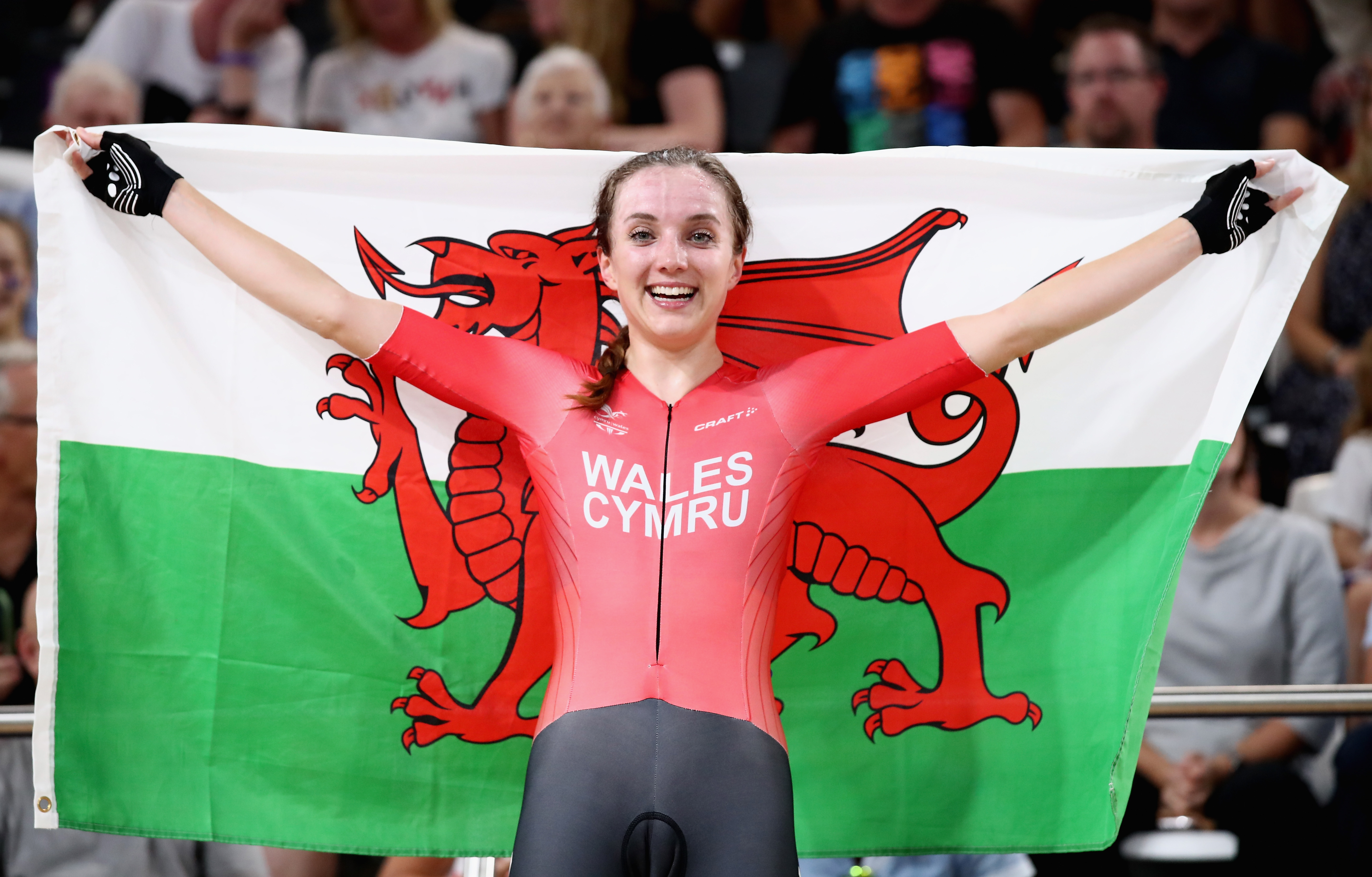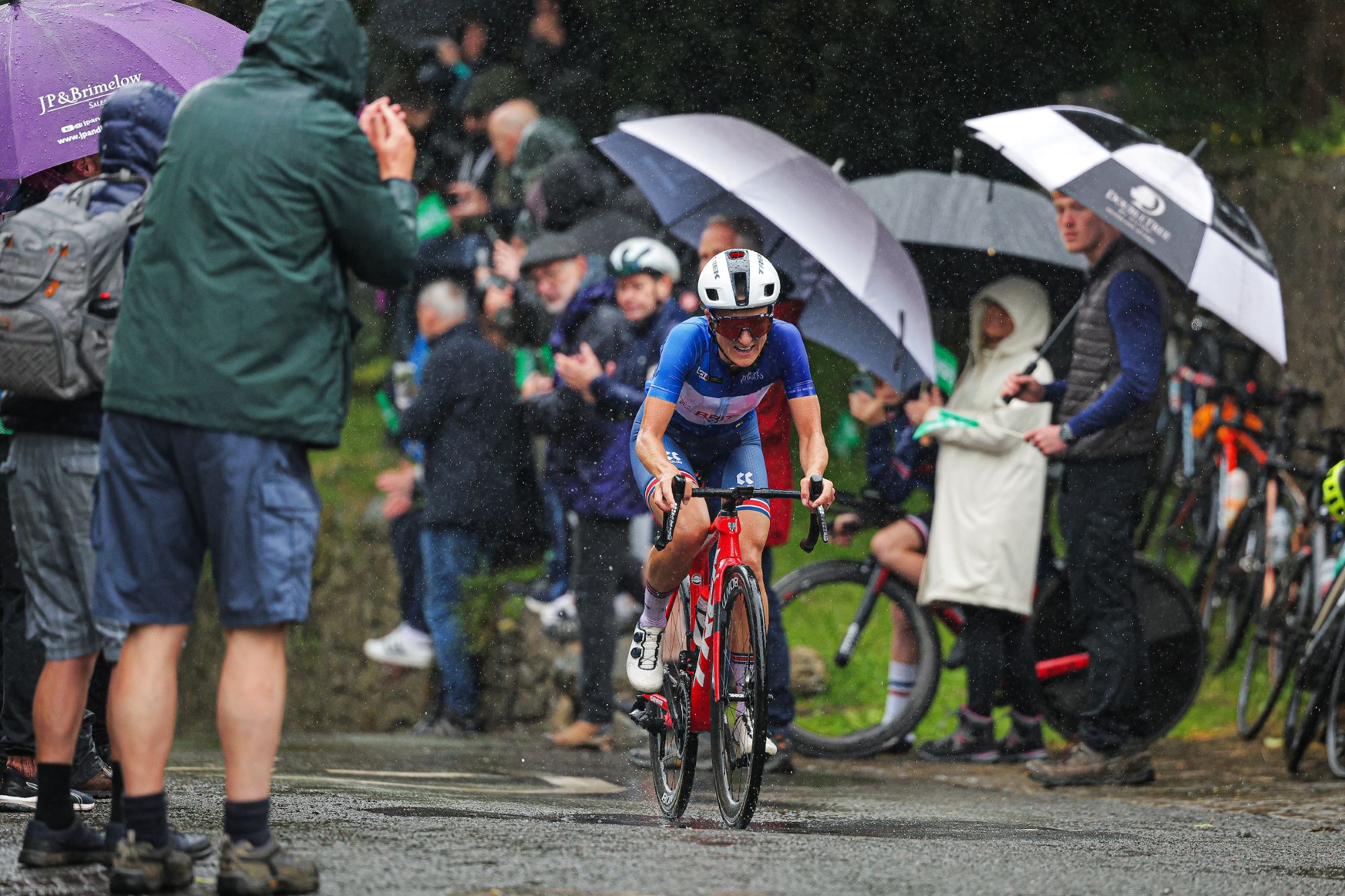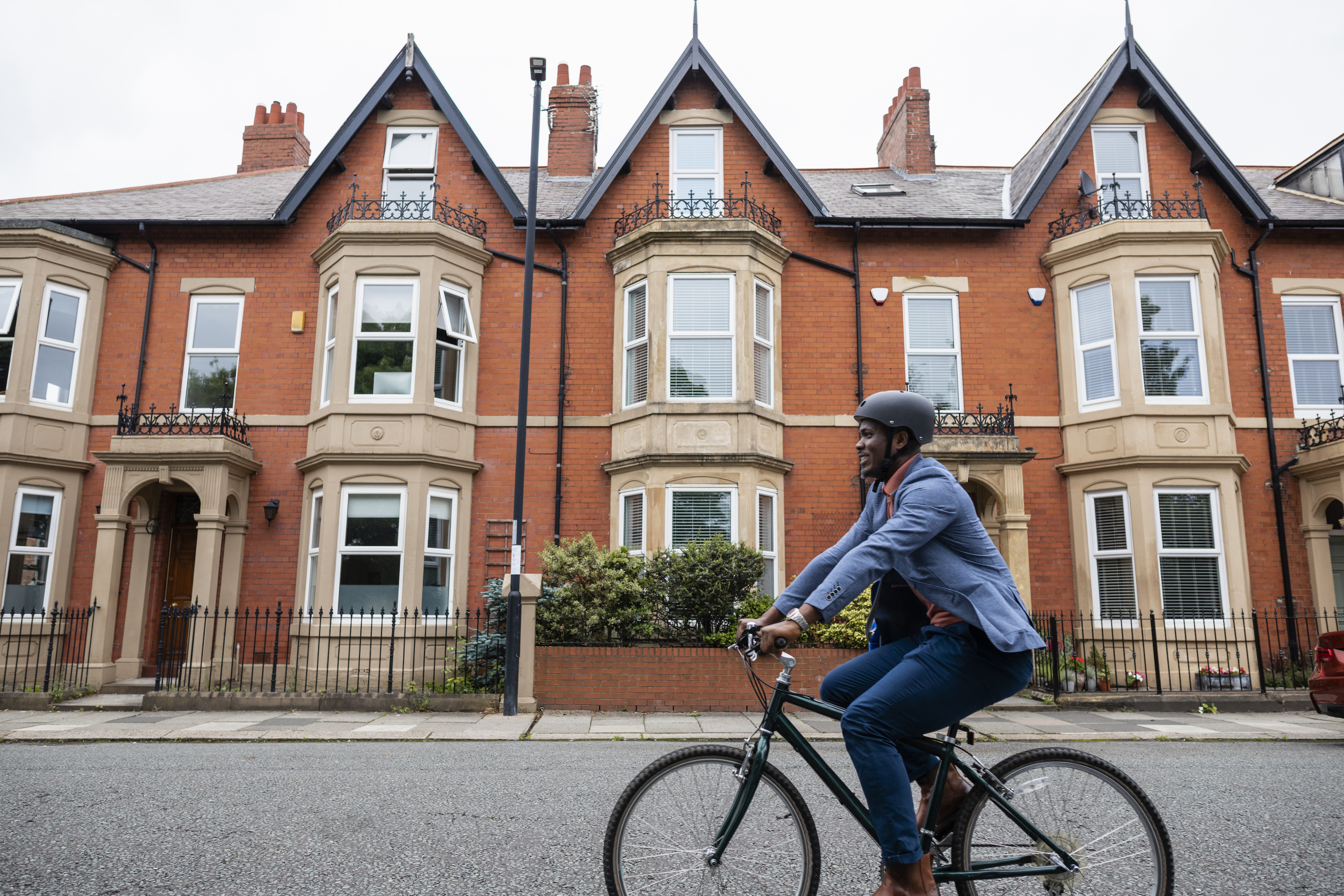Elinor Barker reveals endometriosis struggle which left her 'on the floor' in pain
The Olympic and World champion sought surgery for the condition after years of pain


World and Olympic champion Elinor Barker has revealed a long term struggle with pain caused by the condition endometriosis.
The 24-year-old says she sought help a year and a half before the Rio Olympics, and was diagnosed with the condition in 2018.
After reading about an Olympic swimmer who had had surgery to relieve the symptoms, she had a procedure in June last year.
The condition affects one in 10 women of reproductive age. It occurs when tissue similar to the lining of the womb grows elsewhere, such as the ovaries and fallopian tubes.
Symptoms vary, but can include severe pain, fatigue and heavy periods.
Speaking exclusively to BBC Sport Wales, Barker said she trained through the pain for years.
"The first time I had really bad pain from it, I was in a friend's kitchen and I just fell on the floor instantly," she said in an interview.
Get The Leadout Newsletter
The latest race content, interviews, features, reviews and expert buying guides, direct to your inbox!
The initial episode was short lived, but returned worse. Barker said: "It just started happening more and more often, closer together until actually I felt like that for hours at a time and wouldn't be able to stand up."
"Which isn't much fun if you're trying to train or race at a World Championship level," she added.
Diagnosis was not swift, Barker said, "nobody could find a problem. Everyone told me 'it's normal, it's fine, just carry on with it', so I did for a little while, but I kept going back."
It was before the 2018 World Championships that Barker finally received a diagnosis. However, she found little relief, saying: "I couldn't find anything on the internet that was going to help me, because any advice to deal with the pain is things like exercise more, have a good diet, basically anything that athletes do anyway."
The 2019 scratch race world champion, who took gold over Kirsten Wild of the Netherlands in February, sought surgical intervention in June 2018.
She became interested in the option after reading that Australian swimmer, Emily Seebohm, had been treated for the condition after scoring an Olympic gold in 2016.
"I'm unbelievably glad I did go through the surgery, after a couple of weeks I felt so much better.
"I know it's not the kind of thing that goes away. So I'm not cured, it will gradually come back over the next few years, and I'll probably have to have surgery every thee or four years if I want to live a healthy life and be training and racing."
"But I feel much less nervous about it this time round because I know it works and it helps."
An English Institute of Sport (EIS) survey showed that 50 per cent of women within the High Performance System said their cycle affected performance, whilst 30 per cent said periods were erratic or absent, putting them at risk of long term negative health effects such as deteriorating bone density.
The EIS has now launched a series of ‘SmartHER’ workshops, aimed specifically at bringing female athletes together to address issues that affect women. They've also carried out workshops with coaches, to help train them up.
>>> Does sports science only tell us half the story?
Dr Emma Ross, Co-Head of Physiology at the EIS told Cycling Weekly: “We took a ‘female athlete fundamentals’ workshop on a roadshow, talking to over 200 coaches, athletes and sports science staff. So many of them agreed that female specific factors were often poorly understood and therefore overlooked in the training of female athletes.”

Thank you for reading 20 articles this month* Join now for unlimited access
Enjoy your first month for just £1 / $1 / €1
*Read 5 free articles per month without a subscription

Join now for unlimited access
Try first month for just £1 / $1 / €1
Michelle Arthurs-Brennan the Editor of Cycling Weekly website. An NCTJ qualified traditional journalist by trade, Michelle began her career working for local newspapers. She's worked within the cycling industry since 2012, and joined the Cycling Weekly team in 2017, having previously been Editor at Total Women's Cycling. Prior to welcoming her first daughter in 2022, Michelle raced on the road, track, and in time trials, and still rides as much as she can - albeit a fair proportion indoors, for now.
Michelle is on maternity leave from April 2025 until spring 2026.
-
 FDJ-Suez, SD Worx-Protime, Lidl-Trek confirmed for Tour of Britain Women as strong list of teams announced
FDJ-Suez, SD Worx-Protime, Lidl-Trek confirmed for Tour of Britain Women as strong list of teams announced18 teams set to take part in four-day WorldTour stage race
By Tom Thewlis
-
 Cyclists could face life sentences for killing pedestrians if new law passed in England and Wales
Cyclists could face life sentences for killing pedestrians if new law passed in England and WalesReckless cycling currently carries a maximum two-year jail term
By Tom Thewlis